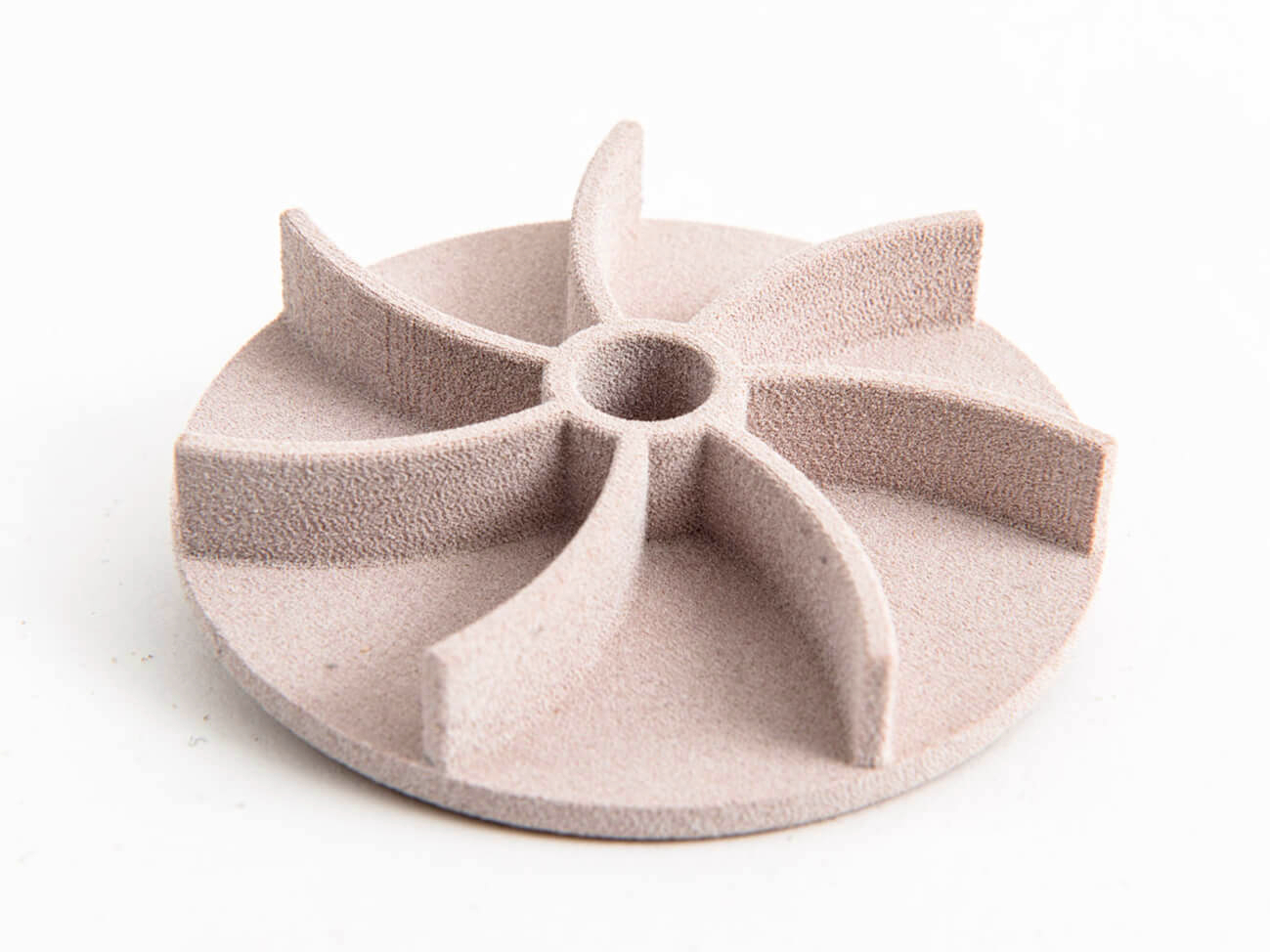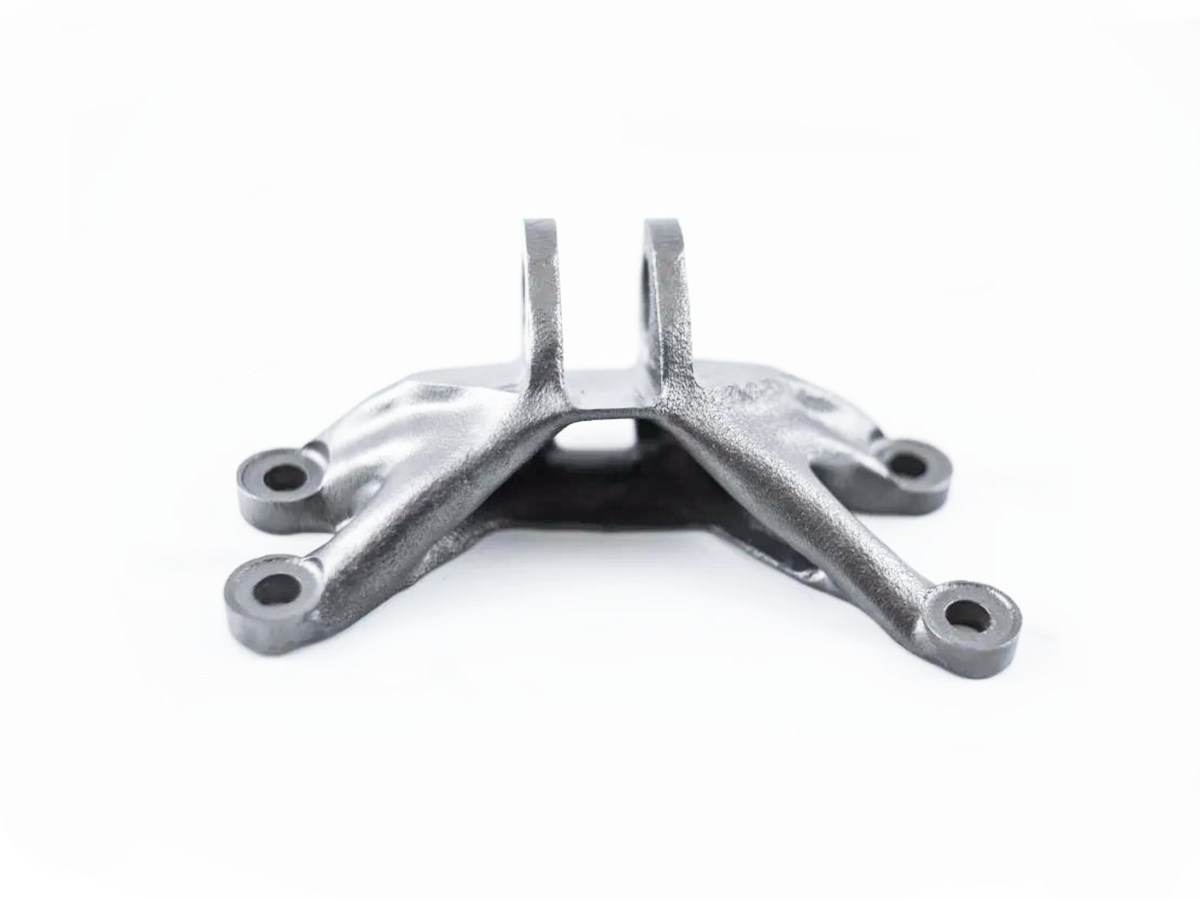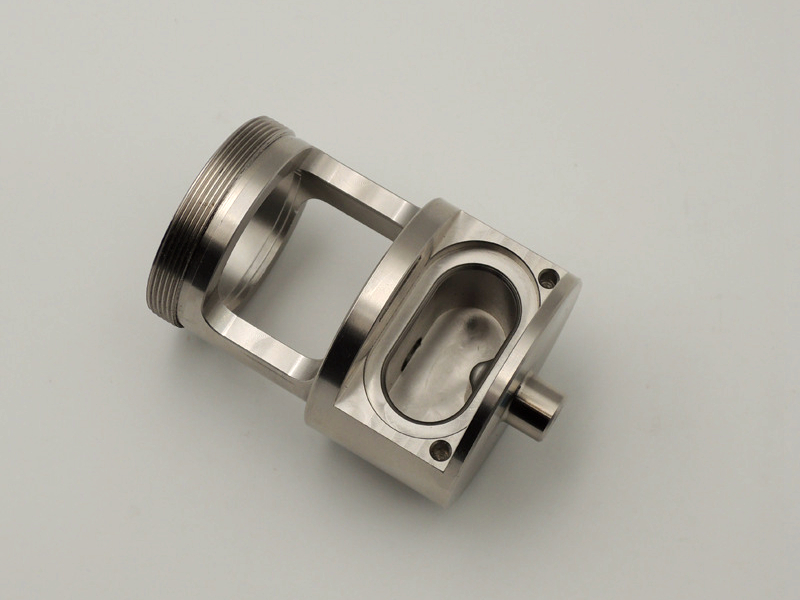What challenges exist in copper 3D printing, and what are its key applications?
From a manufacturing and engineering perspective, copper 3D printing, primarily using Directed Energy Deposition (DED) and powder bed fusion (PBF) processes like DMLS, presents a unique set of challenges due to the metal's intrinsic physical properties. However, its unparalleled thermal and electrical conductivity drives its adoption in high-performance applications where traditional manufacturing falls short.
Key Challenges in Copper 3D Printing
1. High Thermal Conductivity and Reflectivity
The Fundamental Problem: Copper's exceptional thermal conductivity (approx. 400 W/m·K) acts as a massive heat sink. Laser energy intended to melt a localized powder pool is rapidly dissipated into the surrounding material. Furthermore, pure copper is highly reflective to the common infrared (IR) wavelengths (~1064 nm) used in most standard DMLS machines, often reflecting over 90% of the laser energy.
Manufacturing Impact: This combination leads to unstable melt pools, poor layer adhesion, and high porosity in the final part. Achieving consistent, full-density parts requires extremely high laser power and precise parameter control that pushes the limits of standard equipment.
2. Process Optimization and Porosity
Parameter Sensitivity: The window for successful processing parameters (laser power, speed, hatch spacing) is very narrow. Minor deviations can result in keyhole porosity (due to excessive energy) or lack-of-fusion defects (resulting from insufficient energy).
Material Considerations: While challenging, printing pure copper is possible with specialized equipment. More commonly, copper alloys like CuCrZr or Beryllium Copper are used, as the alloying elements reduce reflectivity and thermal conductivity, making the process more stable.
3. Oxidation and Powder Handling
Material Degradation: Copper powder is highly susceptible to oxidation, which can severely degrade the electrical and thermal properties of the final part and introduce impurities that hinder proper sintering.
Manufacturing Requirement: This necessitates strict handling procedures and the use of printing systems with very low oxygen content (often below 10 ppm) in the build chamber, typically requiring an argon or nitrogen atmosphere.
4. Post-Processing Complexity
Support Removal: Copper's softness and high thermal conductivity make support structure removal more challenging than with steel or nickel superalloys, requiring careful techniques to avoid damaging the part.
Thermal Treatments: While copper is not heat-treated for strength in the same way as steel, some alloys may require heat treatment for stress relief or precipitation hardening (e.g., CuCrZr).
Surface Finishing: Achieving a smooth surface on as-printed copper, which is often rough and porous, can be difficult. Processes like electropolishing are highly effective for improving surface quality and conductivity.
Key Applications Leveraging Copper's Unique Properties
Despite the challenges, copper AM is indispensable for applications where performance outweighs cost and manufacturing complexity.
1. Thermal Management Systems
Advanced Heat Exchangers: AM enables the design of complex, conformal cooling channels within heat exchangers that are impossible to manufacture with traditional methods. This results in drastically improved thermal efficiency for applications in aerospace and aviation (e.g., thermal management for avionics) and automotive (e.g., high-performance EV battery cooling plates).
Heatsinks for High-Power Electronics: Custom-designed, topology-optimized heatsinks with lattice structures or micro-fins can be 3D printed to provide maximum surface area and cooling performance for IGBTs, CPUs, and laser diodes.
2. Electrical and Electromagnetic Components
Induction Coils and Waveguides: 3D printing allows the production of hollow, internally cooled induction coils for industrial heating, which dramatically increases their power density and service life. Similarly, complex radiofrequency (RF) waveguides with integrated cooling can be manufactured for satellite and radar systems.
Busbars and Custom Conductors: For the power generation and e-mobility sectors, AM can produce lightweight, optimized busbars with reduced inductance and integrated mounting features, improving overall system efficiency.
3. Rocket Propulsion and Energy Systems
Combustion Chambers and Liners: In rocket engines, copper alloys like GRCop-84 (Cu-8Cr-4Nb) are specifically designed for AM. These components feature intricate internal cooling channels that regenatively cool the chamber walls, allowing them to withstand extreme temperatures. This is a critical application in the aerospace industry.
Fusion Reactor Components: Within the nuclear and emerging fusion energy sector, copper is being explored for printing plasma-facing components and high-heat-flux structures due to its ability to handle intense thermal loads.
4. Tooling and Molds
Conformal-Cooled Mold Inserts: For rapid molding and high-volume injection molding, 3D-printed copper alloy inserts with conformal cooling channels can significantly reduce cycle times and improve part quality by providing uniform and efficient cooling.
Engineering Considerations and Future Outlook
The future of copper AM lies in the adoption of new technologies. The emergence of green laser (~515 nm) DMLS systems is a game-changer, as copper's absorptivity at this wavelength is significantly higher (~65% vs. <5% for IR), making the printing of pure, high-density copper far more reliable and accessible. For now, a hybrid approach using AM for the complex near-net shape followed by CNC machining for critical tolerances and surface finish remains the most robust manufacturing route for precision copper components.



